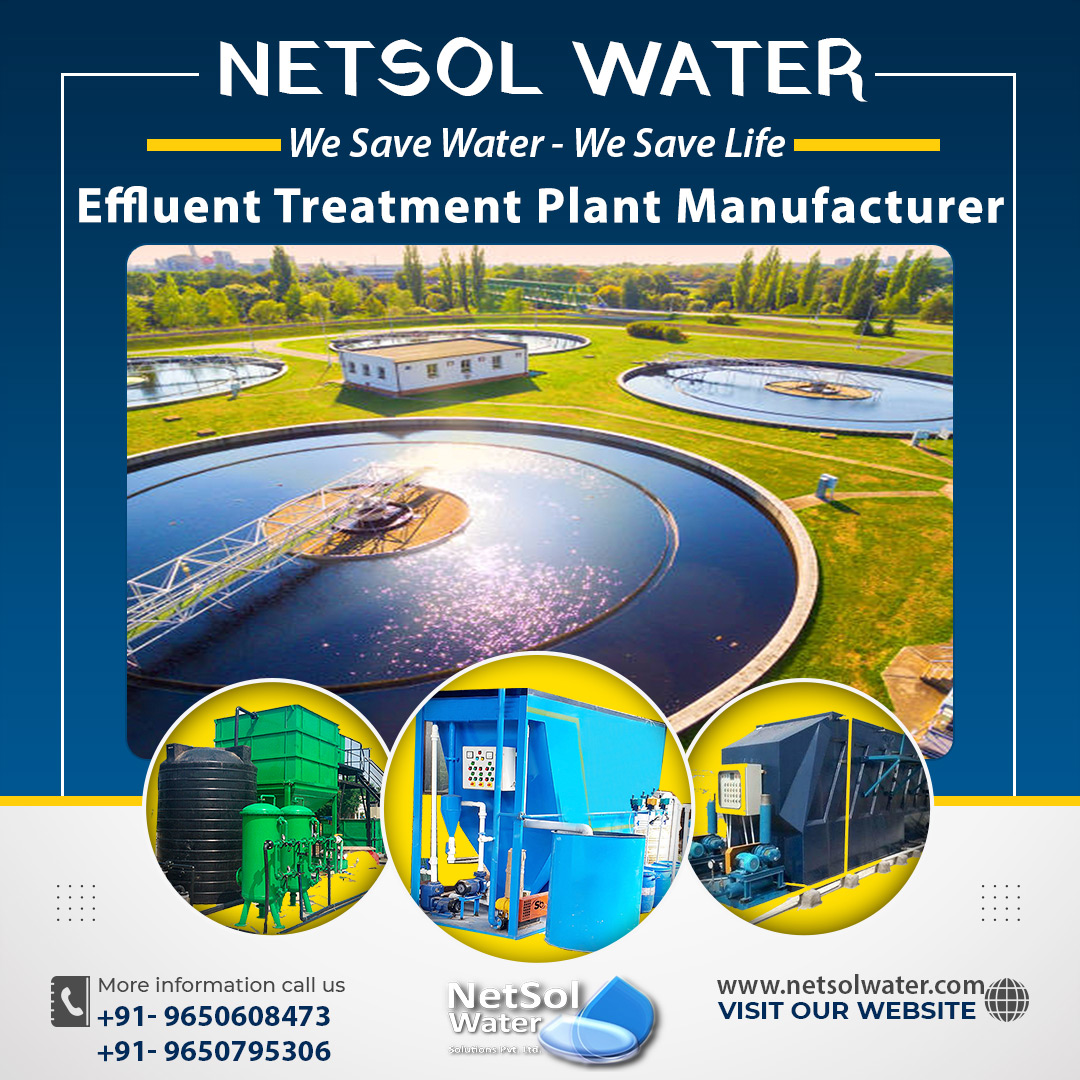What is the importance of ETP for dairy industries?
ETPs are crucial in treating industrial wastewater before it is released into the environment. The capacity of an ETP is a crucial determinant of its functionality or effectiveness. In this section, however, our focus is on how ETP capacity is measured, for instance, how it’s figured out for industries differing from one another.
Understanding ETP Capacity
Effluent is defined as the flow of liquid waste from a specified point. Capacity refers to the ability of an ETP to treat a specified volume of effluent within a given duration. Different factors are responsible for this capability in which the character of industry affects, the nature of effluent the environmental rules and regulations of the locality. Calculating ETP capacity is a multi-step process that involves the following considerations:
Effluent Characteristics:
Chemical Composition: The need for the chemical makeup analysis of an effluent. It entails the identification of pollutants, their concentration, and biodegradability.
Flow Rate: It is essential to determine the rate at which the effluent flows out of the industrial process. It is usually quantified as liters per second (LPS) or cubic meters per day (CMD).
Treatment Objectives:
Regulatory Compliance: Acceptable effluent quality standards are set out in local environmental regulations that ETPs must adhere to.
Treatment Levels: Effluent from each industry could be more or less treated according to its toxicological and environmental effectiveness.
Hydraulic Retention Time (HRT):
Time the wastewater spends inside the ETP during treatment. The volume of the ETP is divided with effluent flow rate to get this value.
Biological and Chemical Processes:
Such processes may include biological (e.g. activated sludge), and chemical (e.g. coagulation and flocculation) methods depending on effluent composition. Every process possesses its own capacity.
Determining ETP Capacity for Various Industries.
There are variations with respect to the calculation of ETP capacity for different types of industries, with reference to the effluent characteristics. Here are some examples of how to calculate ETP capacity for various industry types:
Textile Industry:
Effluent Characteristics: High loading of BOD, COD and certain chemicals.
Calculation: Find out the flow rate of textile effluent and the desired treatment level. Ensure that biological and chemical processes are incorporated into the ETP design to meet these requirements.
Food Processing Industry:
Effluent Characteristics: Organic matter, oils, and grease.
Calculation: Characteristics of Effluent, Rate of Flow, & Set Limits. Consider the construction of the ETP to incorporate biological processes like anaerobic and aerobic treatments.
Chemical Industry:
Effluent Characteristics: Hazardous chemicals, heavy metals.
Calculation: Examine the physical properties, pressure conditions, and strict government specifications. Properly utilize chemical and physical treatments for removal of contaminants.
Pharmaceutical Industry:
Effluent Characteristics: Pharmaceuticals, solvents.
Calculation: Composition, Flow Rate & Environmental Regulation of Fluids. Use modern techniques such as advanced oxidation processes in order to eliminate them efficiently.
Conclusion
As an integral part of the effluent treatment process, determining ETP capacity ensures that industrial waste streams are adequately treated and meet regulatory standards. This requires a look at effluent characteristics, treatment goals, hydrologic retention time and selection of appropriate treatment processes. Each industry has its specific effluent profile, which necessitates designing ETPs suiting the needs of different industries. This can help the industries in minimizing their environmental footprint, thereby fostering sustainable wastewater management methods.




